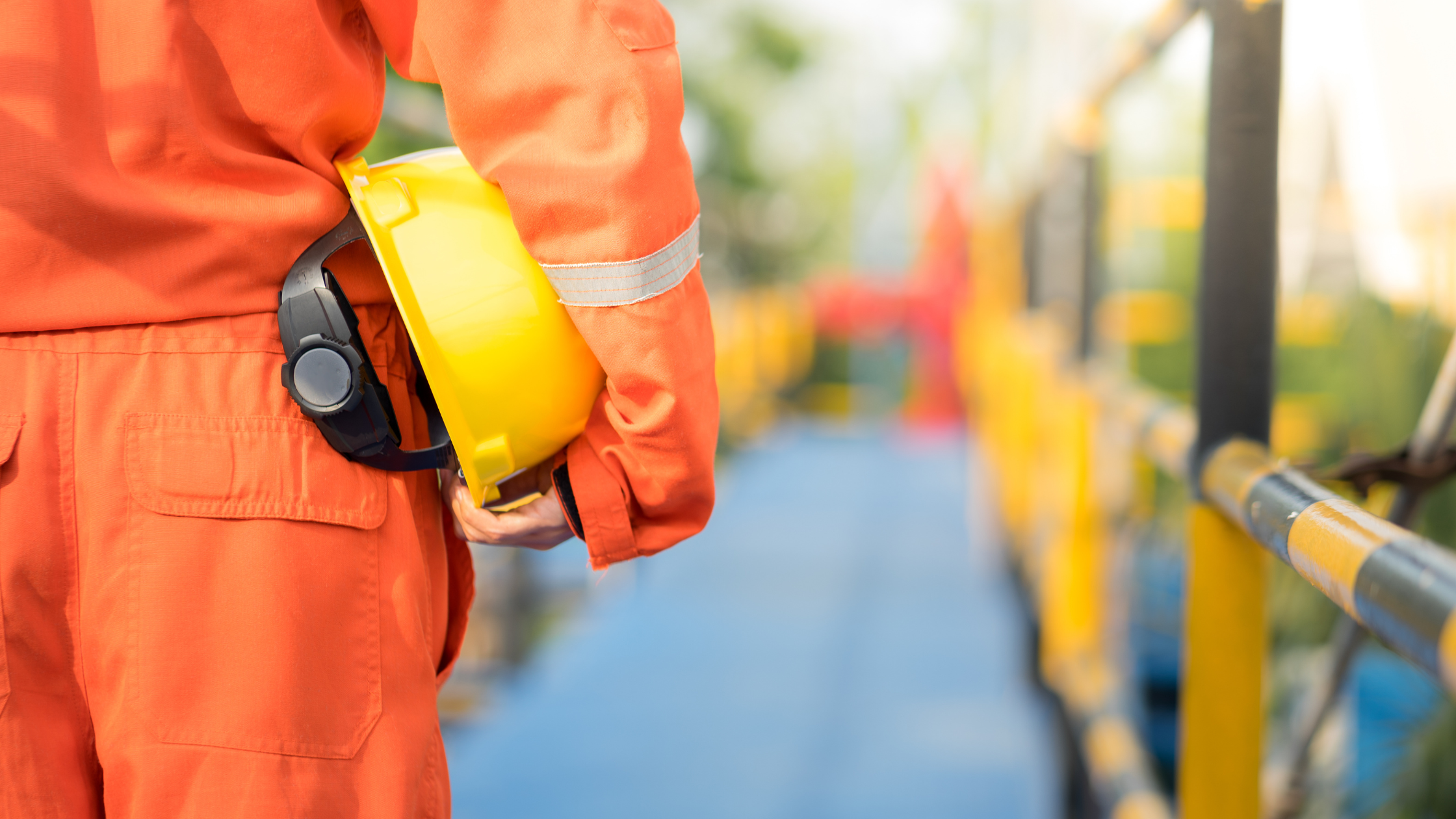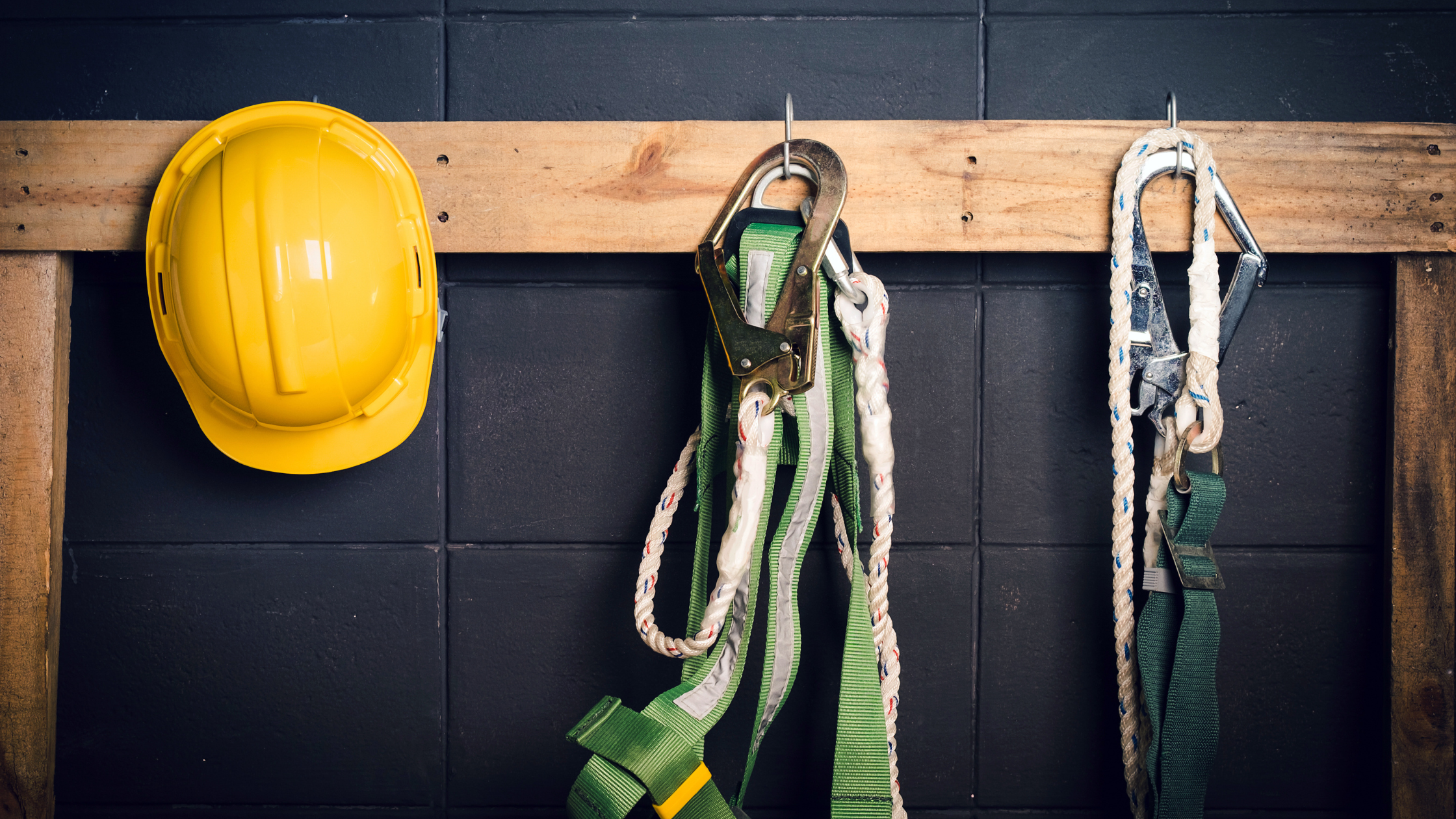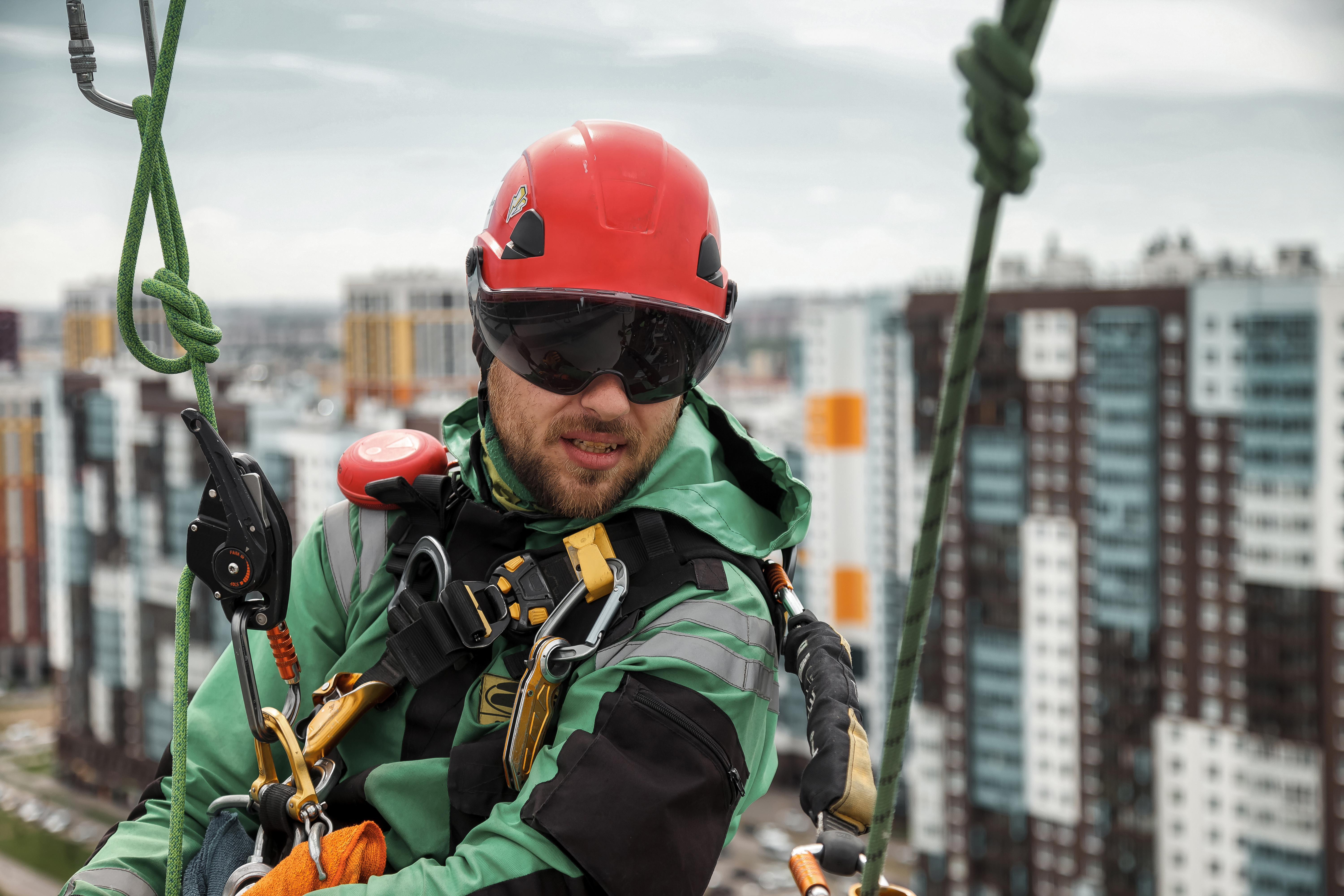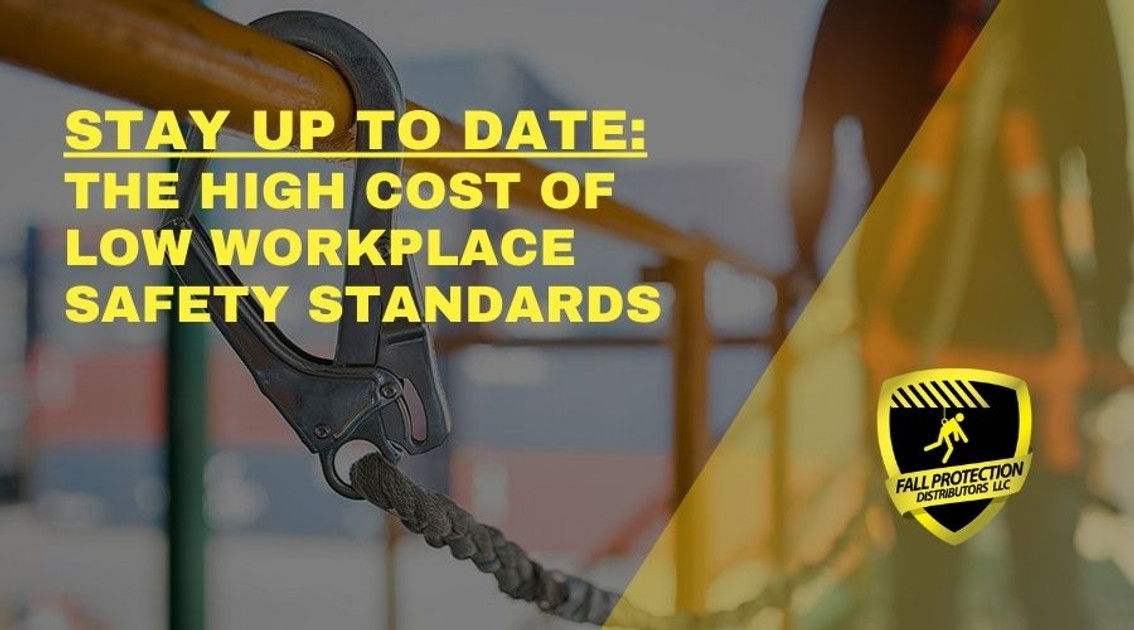Workplace Safety Standards
Posted by Howie Scarboro - CEO Fall Protection Distributors, LLC on Dec 14th 2023
In the fast-paced world of business, it's exceedingly easy for employers to inadvertently overlook critical safety regulations. This article comprehensively delves into the multifaceted repercussions that companies inevitably face when failing to comply with the stringent fall protection standards set forth by the Occupational Safety and Health Administration (OSHA) and the American National Standards Institute (ANSI).
For more research into fall protection trends, checkout a recent article about available Fall Protection Resources.
Legal Liabilities and Fines
Understanding OSHA Fines Non-compliance with OSHA guidelines can inevitably lead to citations and fines—a harsh reality faced by as many as 90% of construction inspections. Negligent employers may inevitably face legal consequences, thereby resulting in significant financial burdens.
Broad Responsibilities
OSHA mandates employers to diligently maintain a hazard-free workplace, placing a paramount emphasis on cleanliness and safety. Importantly, building owners, not solely contractors, can also be held legally liable for providing essential "at-height" work protection.

Legal Implications
Severe consequences for Employers
Employers find themselves not only morally, but legally responsible for ensuring a profoundly safe work environment. The failure to provide adequate fall protection may inevitably result in fines and lawsuits, particularly if a worker suffers injury or, tragically, death. Repeat offenses can lead to severe fines if workers are not appropriately trained and equipped to handle potential hazards. The necessity for fall protection becomes especially critical when specific elevations are involved, and employees are engaged in activities over dangerous equipment. Employers must vigilantly implement measures to proactively prevent employee falls, and building owners significantly share this responsibility when work is being performed on their premises.

Remedies and Best Practices
- Regular Workplace Hazard Assessment
Employers are strongly encouraged to conduct regular and thorough inspections to identify potential fall hazards, including but not limited to unprotected sides, holes, or dangerous equipment.
- Proper Maintenance of Fall Protection Equipment
Ensuring that guardrails, safety harnesses, anchor points, and warning lines are meticulously well-maintained emerges as a crucial facet of ensuring ongoing compliance with safety standards.
- Employee Training
Providing comprehensive training to employees in their native language on the correct and effective usage of fall protection equipment is an indispensable foundational step in fostering a safety-conscious work environment. Cultivating a safety culture amongst workers is the best way to create safety awareness and accountability.
- Development of a Fall Protection Plan
In instances where conventional fall protection systems prove impractical, employers are urged to develop and meticulously implement a customized fall protection plan that adheres to the stringent and specific requirements outlined by OSHA.
- Awareness of Building Owners' Liability
An in-depth understanding of the fact that building owners can be legally liable for providing essential "at-height" work protection is crucial for achieving and maintaining comprehensive compliance.
We recommend training for work crews, especially 16 hr OSHA Competent Person training as part of a regular training regimen.

Conclusion
In conclusion, the ramifications of failing to adhere to OSHA and ANSI safety guidelines extend beyond mere financial implications; they delve into the complex and potentially severe legal terrain that businesses may find themselves navigating. It is incumbent upon employers to not merely view workplace safety as a requisite box to check, but to embody it as an integral facet of their organizational ethos.
By actively embracing and enforcing compliance with safety regulations, conducting routine and comprehensive hazard assessments, and steadfastly implementing robust fall protection measures, employers not only shield themselves from legal jeopardy but also manifest a profound commitment to the well-being of their workforce. This commitment, when woven into the fabric of the organizational safety culture, transcends the realms of mere obligation, transforming into a testament of genuine concern for employee safety and overall workplace welfare.
As the adage goes, prevention is better than cure, and in the context of workplace safety, it not only averts financial penalties but engenders an environment where employees can thrive without the looming specter of avoidable accidents. Therefore, fostering a workplace culture steeped in safety consciousness becomes not just a regulatory necessity, but a strategic imperative for businesses aiming for sustained success and employee satisfaction. In prioritizing workplace safety, employers not only mitigate risks and legal entanglements but also cultivate a harmonious, secure, and productive working environment, where employees feel valued, protected, and confident in their daily tasks.
Frequently Asked Questions (FAQs)
Q1: What are the potential legal consequences of non-compliance with OSHA fall protection standards?
A1: Non-compliance can lead to citations, fines, and even lawsuits, placing significant legal and financial burdens on companies.
Q2: Are building owners responsible for fall protection, or is it solely the contractors' duty?
A2: Building owners share responsibility for providing safe "at-height" work protection, according to OSHA regulations.
Q3: How can employers reduce the risk of falls in the workplace?
A3: Regular hazard assessments, proper maintenance of fall protection equipment, employee training, and the development of a fall protection plan are key steps.
Q4: What are the specific requirements for a fall protection plan under OSHA?
A4: The plan must be tailored to the workplace, addressing unique challenges while complying with OSHA guidelines.
Q5: Where can I get more information on OSHA fall protection standards?
A5: Visit OSHA's official website for detailed information and resources.

